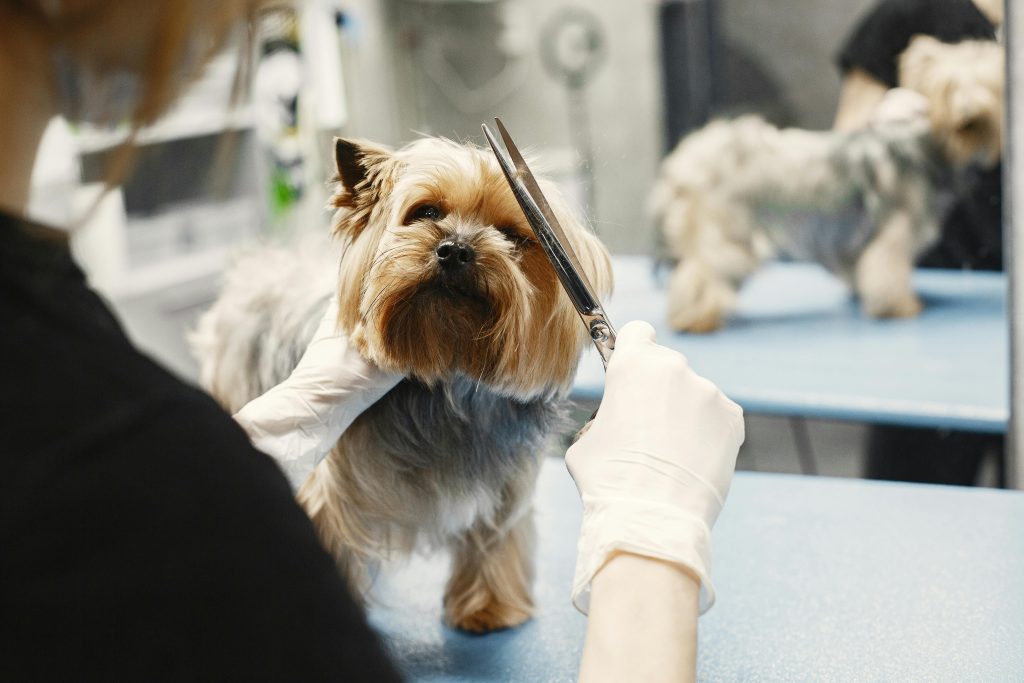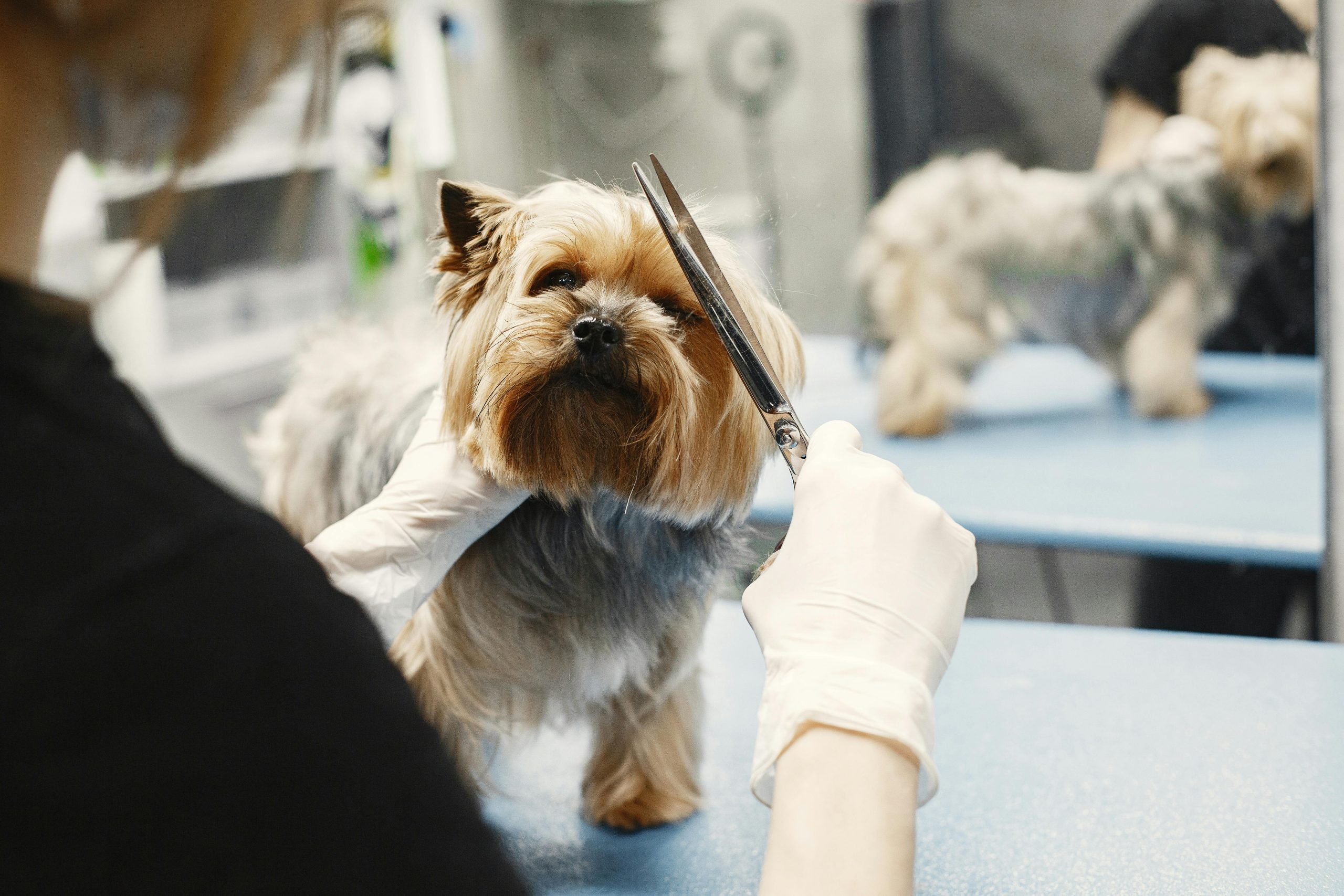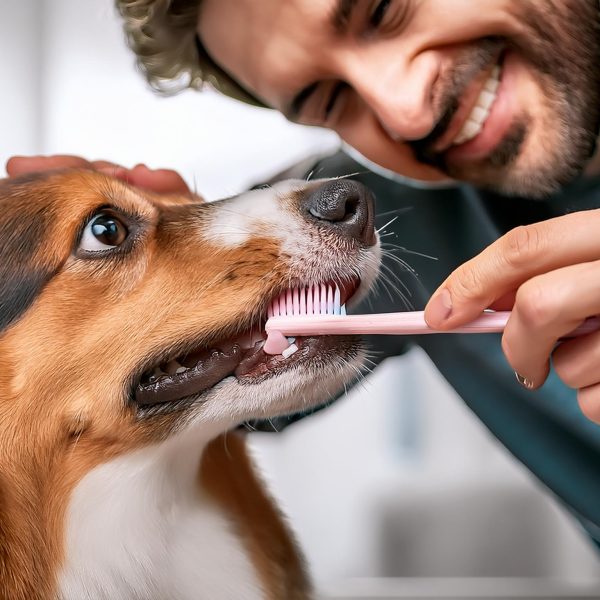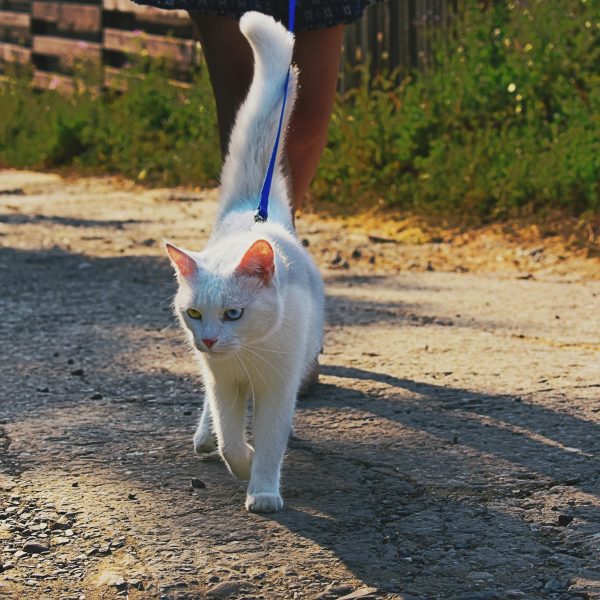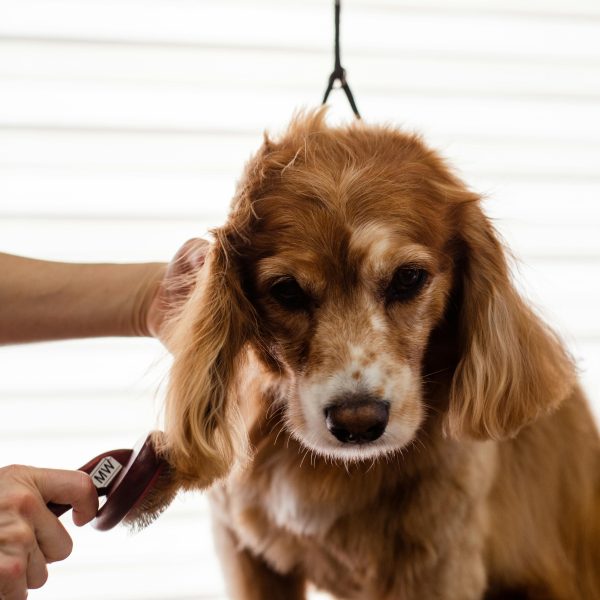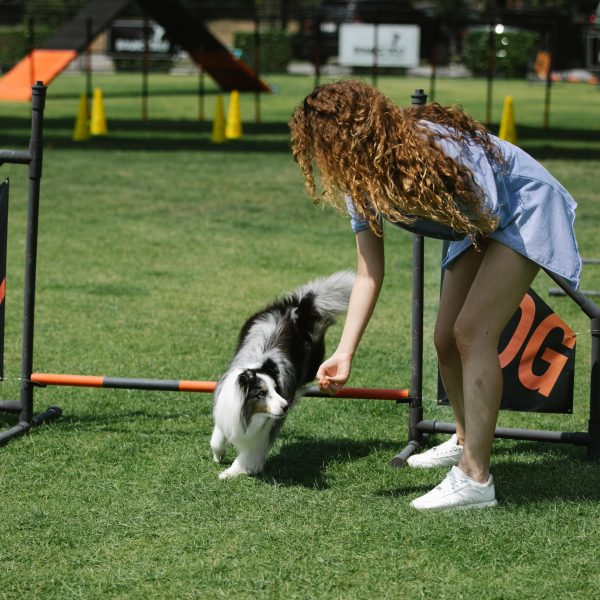Caring for your pet’s needs is an essential aspect of responsible pet ownership. While professional groomers are available, many pet owners prefer the hands-on approach of grooming their furry friends themselves. Not only does this practice strengthen the bond between owner and pet, but it also helps save money. If you are new to the world of pet haircuts, this article aims to demystify the art of DIY grooming and provide tips for achieving professional-looking styles in the comfort of your own home.
Understanding Your Pet’s Fur
Before delving into haircuts, it’s crucial to understand your specific pet’s fur type. Different breeds have varying textures, lengths, and growth patterns. For example, grooming techniques for a Chihuahua with its coat will differ from those for a Poodle with curly fur. Research your pet’s breed or consult with a veterinarian to determine the tools and methods suited for their fur type.
Essential Tools for DIY Pet Grooming
The key to achieving a DIY pet haircut is having the right tools at hand. Here are some essential tools you’ll need:
- Clippers and Blades: Choose clippers specifically designed for grooming pets, equipped with features catering to coat lengths. Attach the appropriate blade for the desired length.
- Blunt-Tipped Scissors: Essential for trimming sensitive areas like the face, ears, and paws.
- Slicker Brush and Comb: Useful for detangling and removing hair, especially for breeds with double coats.
- Nail Clippers: Invest in high-quality nail clippers suitable for your pet’s size.
- Grooming Table: While not mandatory, using a grooming table can make the process more comfortable for both you and your pet.
Common DIY Grooming Styles
- Basic Trim:
- Brush your pet’s coat thoroughly to eliminate tangles or mats.
- Use clippers with a blade to achieve a trim, starting from the neck and working towards the tail.
- Pay attention to mat-prone areas like behind the ears and under the tail.
- Ear Grooming:
- Use scissors to trim hair around your pet’s eyes, ensuring it doesn’t obstruct their vision.
- Trim hair around the ears, avoiding the ear canal to prevent ear infections.
- Paw Maintenance:
- Trim the hair between your pet’s paw pads using scissors or clippers.
- Gently use a comb to untangle any hair, keeping the paws neat.
- Anal Area Cleanliness:
- Trim any hair in sensitive areas with care.
Tips for DIY Grooming Sessions
- Start Gradually: Introduce grooming gradually to your pet through short sessions.
- Reward Good Behavior: Use treats and praise to reinforce good behavior during grooming.
- Be Patient: Grooming takes time, especially for pets unfamiliar with the process. Stay calm and patient to ensure a stress-free experience.
- Regular Sessions: Schedule grooming sessions regularly to maintain your pet’s coat and prevent matting or tangling.
By demystifying haircuts and embracing DIY grooming with the right tools, knowledge of your pet’s coat type, and a patient approach, you can achieve professional-looking results at home while enjoying a rewarding experience with your furry friend. Prioritize your pet’s comfort and well-being, and follow these suggestions to become a self-assured and talented DIY groomer.

